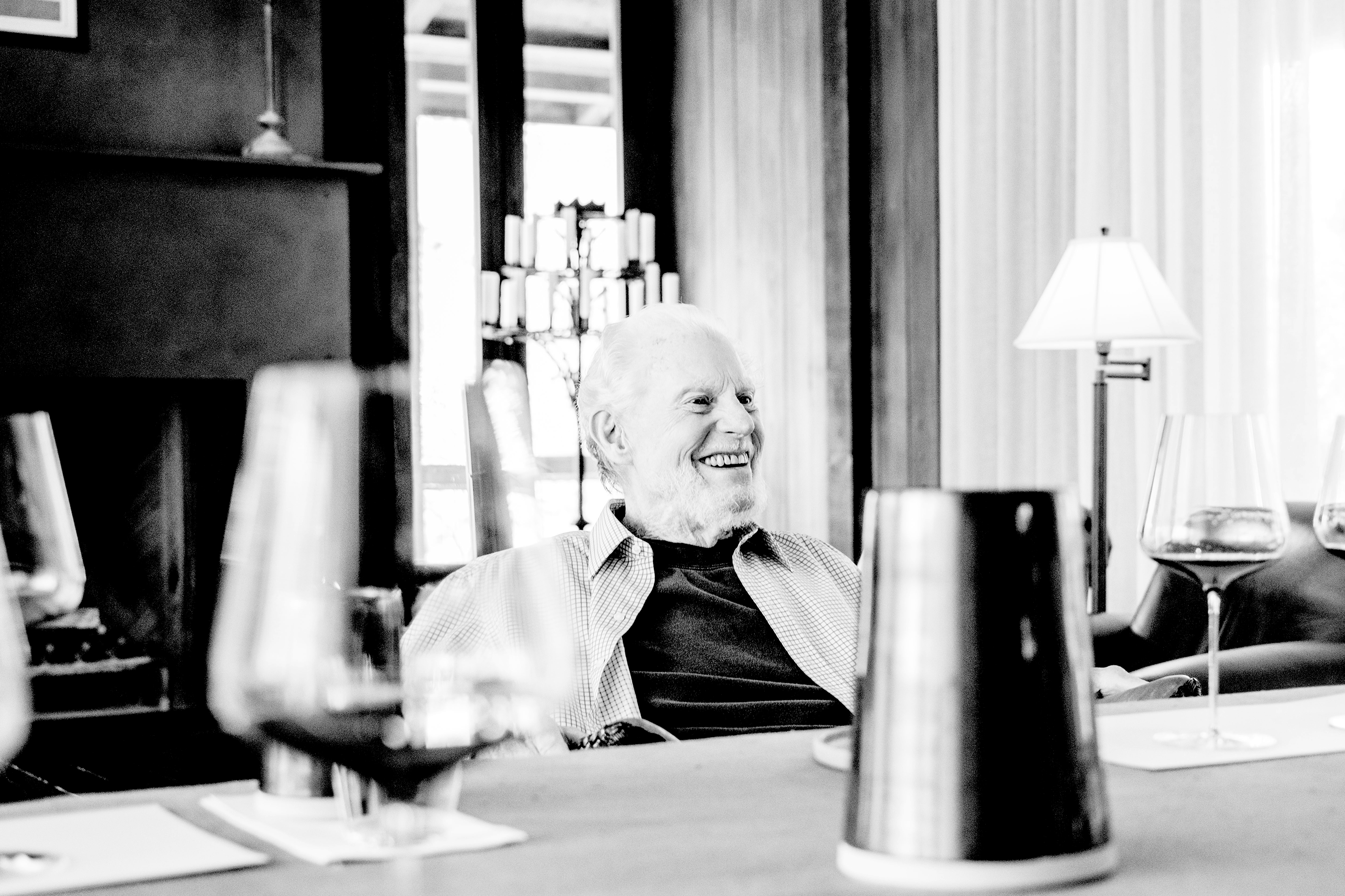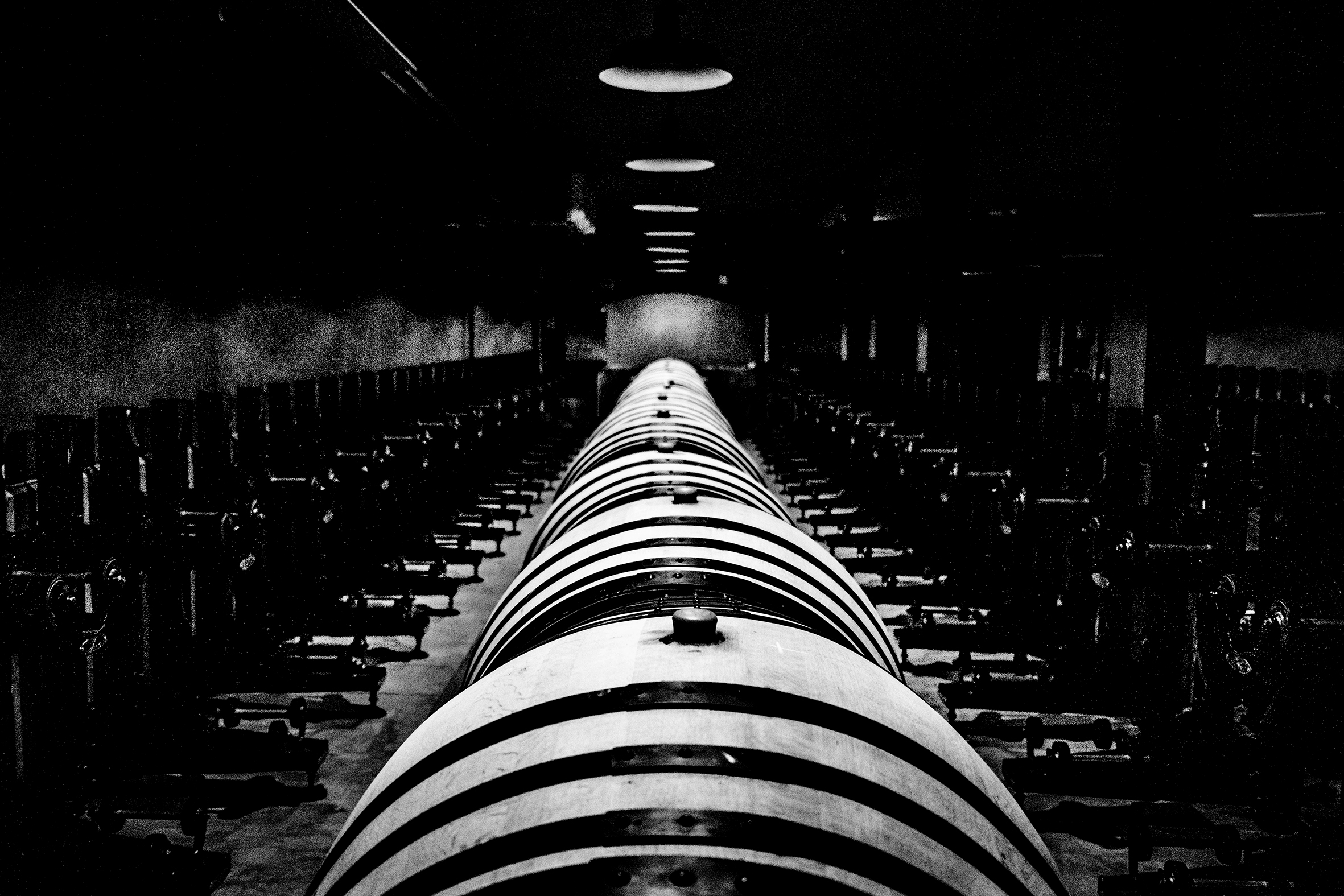05th Apr 2023
The team at Harlan and Promontory has managed to pull off a level of quality that no one else has in 2020. The Harlan Estate and Promontory flagships are not only astonishingly great achievements, but they are also game changers.

Paradigm Shift
I arrived 15 minutes early for my tasting at Harlan Estate last month. I’d like to say I was that excited to taste it, but it had more to do with the lack of road traffic headed up valley at that time of day. I’d already tasted and reviewed all the Harlan, BOND, and Promontory 2019s in bottle last year, so while it is always fun to retaste, no great surprises were in store. And the 2020s? The team had been playing this vintage very close to their chests, and I hadn’t been offered an opportunity to taste the 2020s from barrel last spring, which was unusual. However, I knew they were planning to release 2020s and that these had been bottled a few weeks before this visit.
Each time I prepare to taste a Napa winemaker’s 2020s, my heart sinks. Not that all 2020 reds from north California are smoke tainted, but a fair few are. To make matters worse, often winemakers can’t see the smoke taint in their own wines or don’t believe anyone else will.
Bob Levy, Harlan’s original winemaker and now the director of winegrowing, arrived at the Harlan winery early too. While waiting for founder Bill Harlan, founding director Don Weaver, Bill’s son and now managing director Will Harlan, and director of winemaking Cory Empting to arrive, Bob and I talked a little about the weather—how much rain we’ve had since December. (A lot.) Bob was confident, happy, calm. Too calm.
"In 2020, we started harvesting in August."
“How are your 2020s looking?” I asked, wanting to gauge what to expect.
He grinned. “You know, it was always our wish that we could move our ripening curve up. And we were concerned about sugar ripeness, but it wasn’t a worry in 2020. With old vines and dry farming, we have been able to bring the harvest forward. In 2020, we started harvesting in August.”
“In August?” I frowned, doubtful. “Really?”
“Mm-hmm. Harlan was all in before the Glass Fire. For BOND, we had almost all the vineyards in, and Promontory was all in before the Glass Fire as well. But, well, let’s wait for the others to arrive.”


As in Bordeaux these days, most wineries in Napa begin picking their grapes for whites and sparkling wines in August. But the Cabernet Sauvignon harvest doesn’t usually start until mid-September. As a reminder, in 2020, a crippling heat event hit over Labor Day weekend. The heatwave held for five days, spiking at around 112 degrees Fahrenheit in parts and with little respite in the evenings. This brought many of the vines to their knees, needing a couple more weeks to get up to ripening speed again. On September 27, the Glass Fire broke out near Glass Mountain (by Deer Park and the eastern border of St. Helena and Calistoga). One of the most devastating fires in Californian history, most of the Cabernet Sauvignon grapes were still hanging in Napa Valley after this fire broke out, and of those that were harvested after (a lot was left unharvested), most came in with smoke taint.
“We’d been evaluating the decision to pick earlier more and more,” Cory said when we were all sat together to taste the 2020 Harlan Estate. “In 2019, we had later rain, which pushed the vegetative cycle back. So, we didn’t harvest quite as early in ’19.”
The precipitation data on the Napa Valley Vintners website confirms that the Napa Valley region generally received around 31.5 inches of rain from January through March 2019, delaying the bud break for Cabernet Sauvignon until mid-April. In 2020, there were only 3.33 inches during that same period, and bud break for Cabernet Sauvignon began in late March, around 2 weeks earlier than in 2019.
"Our vines getting older has made it easier to re-think the harvest date."
“Our vines getting older has made it easier to re-think the harvest date,” Cory continued. “And now we’ve pulled out the irrigation and fertilization. We were hoping we could use more yield to create stress, but that hasn’t worked out. So, we still have smaller yields.”
“2020 and 2021 were slightly smaller vintages than 2019, 2022 was a lot smaller,” Bob added. “Our production is consistently small because we are strict with the pruning.”
“We started picking earlier than ever before in 2020,” said Cory. “We were done picking at Harlan two weeks before the Glass Fire. And the wine ended up very different than we thought it would be.”
“Before 2017,” said Will Harlan, “we weren’t thinking about the fire risk, but we were already moving towards earlier harvesting. As Cory said, the result is very different than we expected but better! We wound up making the same decision in 2021 and 2022—without the risk of fire. As a result, we’ve reset a bit, but it couldn’t have happened without taking this risk.”
“In 2022, we started to pick on August 17 and were done on September 10,” confirmed Cory. “The fruit was ready. We didn’t even know that Labor Day heat was coming last year.”
(Similar to 2017 and 2020, in 2022 there was another Labor Day heatwave, longer lasting and even hotter and more damaging than the previous two.)
"We are always working on refining, but also making some bold moves, when necessary."
Bill Harlan added, “We are always working on refining, but also making some bold moves, when necessary, to continue the learning curve without doing anything crazy. Our concern has always been how we can make wines that taste like the land. And the continuity of our team in this respect cannot be underestimated. We just finished our 40th vintage. Cory has been here 22 years.”
Cory nodded, smiling. “Here, there is that great sense of tension between the two generations. This brings a lot.” Gesturing to the glass, he added, “In 2020, I thought the tannins would be way more angular, but they are so fine.”
We shifted from Harlan estate over to BOND Winery and finally Promontory.
“It used to be like the tannins at Promontory were in your face, but in 2020 there’s still a lot of tannin, yet it is not in your face,” Cory said. “The wine is so mineral.”

And my thoughts on the wines?
The Harlan Estate and Promontory are astonishingly great achievements. Served blind, I would never have guessed they came from the 2020 vintage. Indeed, it is like a whole other vintage—one without the Labor Day heatwave and the impact of smoke taint...which it is. These 2020s are a game changer, not just for the Harlan stable but for Napa Valley. Yet it is essential to remember that these wines are NOT the result of early harvesting but harvesting earlier. The harvest dates were earlier than most others in Napa Valley by at least two weeks. But the growing season was potentially tracking two weeks ahead because of the earlier bud break. Apart from this, older vines, lower yields, and an experienced viticultural team have much to do with bringing the crops to full maturity sooner. Little or no reliance on irrigation/fertigation may also have a part to play, but there is less research to support this.
At Harlan and Promontory, the team has managed to pull off a level of quality that no one else has in 2020.
As for the style of the wines, well, prepare for your minds to be blown. The 2020 Harlan is a vast departure from the typically big, rich, and hedonic style of the past. It is a fresher, brighter, medium to full-bodied wine without scrimping on seductive texture and flavor layers. On the contrary, the tannins and flavors are perfectly ripe in both the Harlan and the Promontory wines. Promontory has always possessed a high degree of energy and an earthy/minerally undercurrent, albeit with even more finesse and less alcohol/weight in 2020.
The BOND wines tell a slightly different story. I suspect the issues stem from the proximity of some of the vineyards to the earlier fire episode. The LNU Lightning Complex fires broke out on August 17, originating in Napa near Lake Hennessey at the foot of Pritchard Hill. Before I even considered where they came from, I detected a slight downtick in quality in the Melbury (on Pritchard Hill) and Quella, which is on the other side of Lake Hennessey. Likewise, I would have liked more precision and layers from St. Eden, located in the Vaca Mountains just above the Oakville Crossroad. This said, the BOND wines from the other side of the valley (the Mayacamas Mountains side), including Pluribus (on Spring Mountain) and Vecina (Vine Hill Ranch in Oakville), do not miss a beat in 2020.
While 2019 is a no-brainer vintage for Napa wine lovers looking to stock up their cellars, 2020 requires research and careful choices.
There is a small number of top wineries that had the good fortune of optimal location, dedicated teams, and quick thinking. Of those who stepped up to the winemaking challenge, a few produced impressive 2020s. However, the wines created at Harlan Estate and Promontory in 2020 are paradigm shifts in the styles and level of quality that can be achieved in such a vintage. Should you buy them? If you have the means, absolutely! Not only are these gorgeous, legendary wines for long aging, but they are also significant milestones beautifully documenting this difficult time, these incredible vineyards, and the bold choices of this remarkable team.
–
Article & Reviews by Lisa Perrotti-Brown MW
Photography by Johan Berglund

PRODUCERS IN THIS ARTICLE
> Show all wines sorted by scoreMore articles

Cathiard Vineyard New Releases
02nd May 2024
3 tasting notes

Bordeaux 2023 Preliminary Vintage Report and Reviews from Barrel
29th Apr 2024
56 tasting notes

2021 Bordeaux in Bottle and A Modest Proposal
24th Apr 2024
599 tasting notes

Pilcrow’s New Releases
18th Apr 2024
7 tasting notes
Show all articles